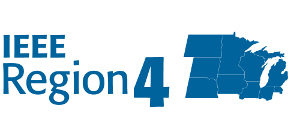Abstract: Silicon Valley is commonly acknowledged as the tech capital of the world. How did Silicon Valley come into being, and what can we learn? The story goes back to local Hams trying to break RCA's tube patents, Stanford "angel" investors, the sinking of the Titanic, WW II and radar, and the SF Bay Area infrastructure that developed – these factors pretty much determined that the semiconductor and IC industries would be located in the Santa Clara Valley, and that the Valley would remain the world’s innovation center as new technologies emerge, and be the model for innovation worldwide. This talk will give an exciting and colorful history of development and innovation that began in Palo Alto in 1909. You'll meet some of the colorful characters – Cyril Elwell, Lee De Forest, Bill Eitel, Charles Litton, Fred Terman, David Packard, Bill Hewlett, Bill Shockley and others – who came to define our worldwide electronics industries through their inventions and process development. You'll understand some of the novel management approaches that have become the hallmarks of its tech startups. Many of these attributes can be found in other technology hubs; however, the SF Bay Area has five generations of experience, as well as a "critical mass" of talent, making it difficult for others to catch up. In this talk, the key attributes will be illustrated and analyzed, for consideration by other tech hubs, such as Central Indiana, and for entrepreneurs interested in creating their own start-ups or understanding them. Speaker(s): Paul Wesling, Room: BRK 1001, Bldg: Birck Nanotechnology Center, 1205 W State St, West Lafayette, Indiana, United States, 47907, Virtual: https://events.vtools.ieee.org/m/433301

